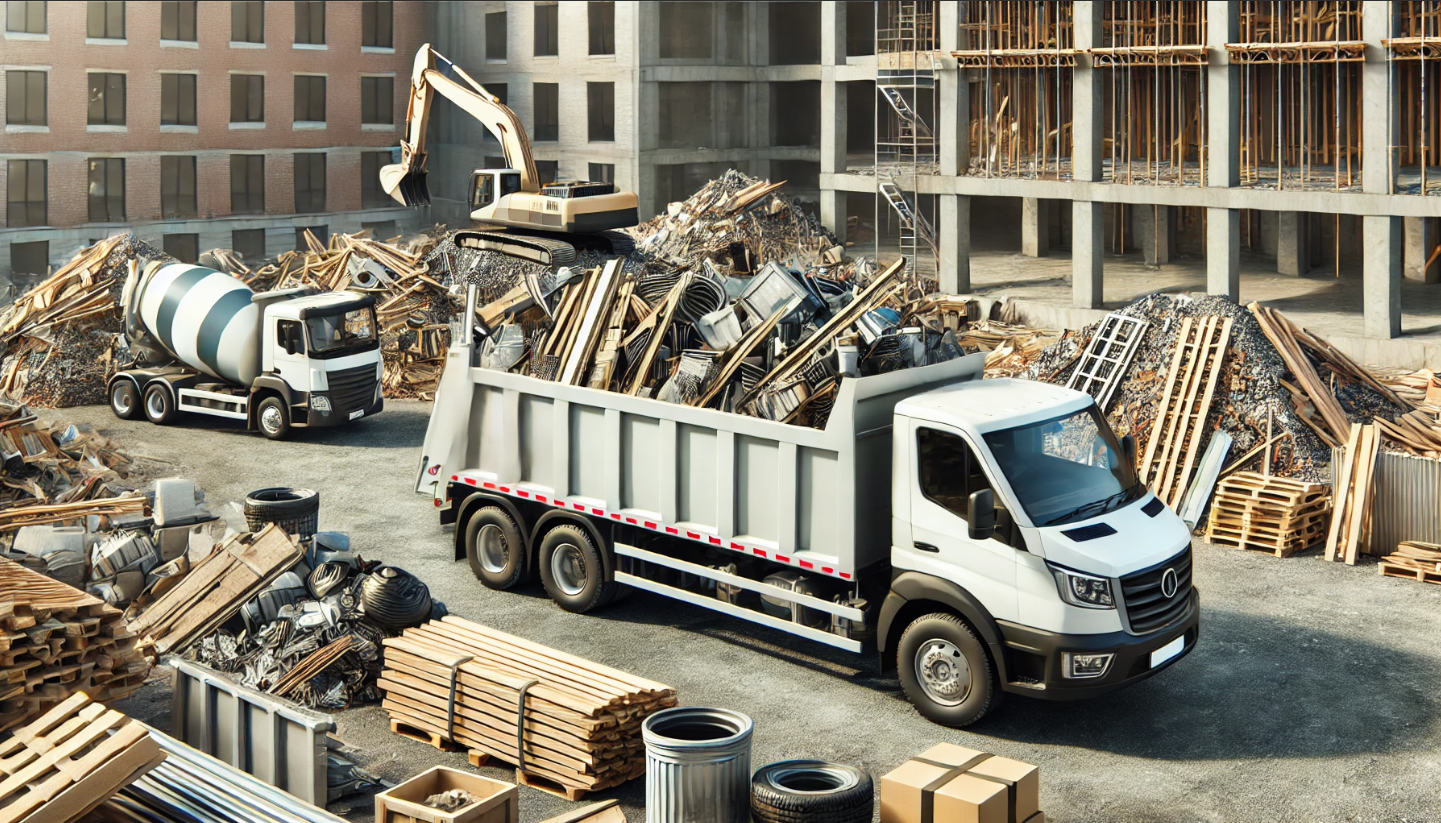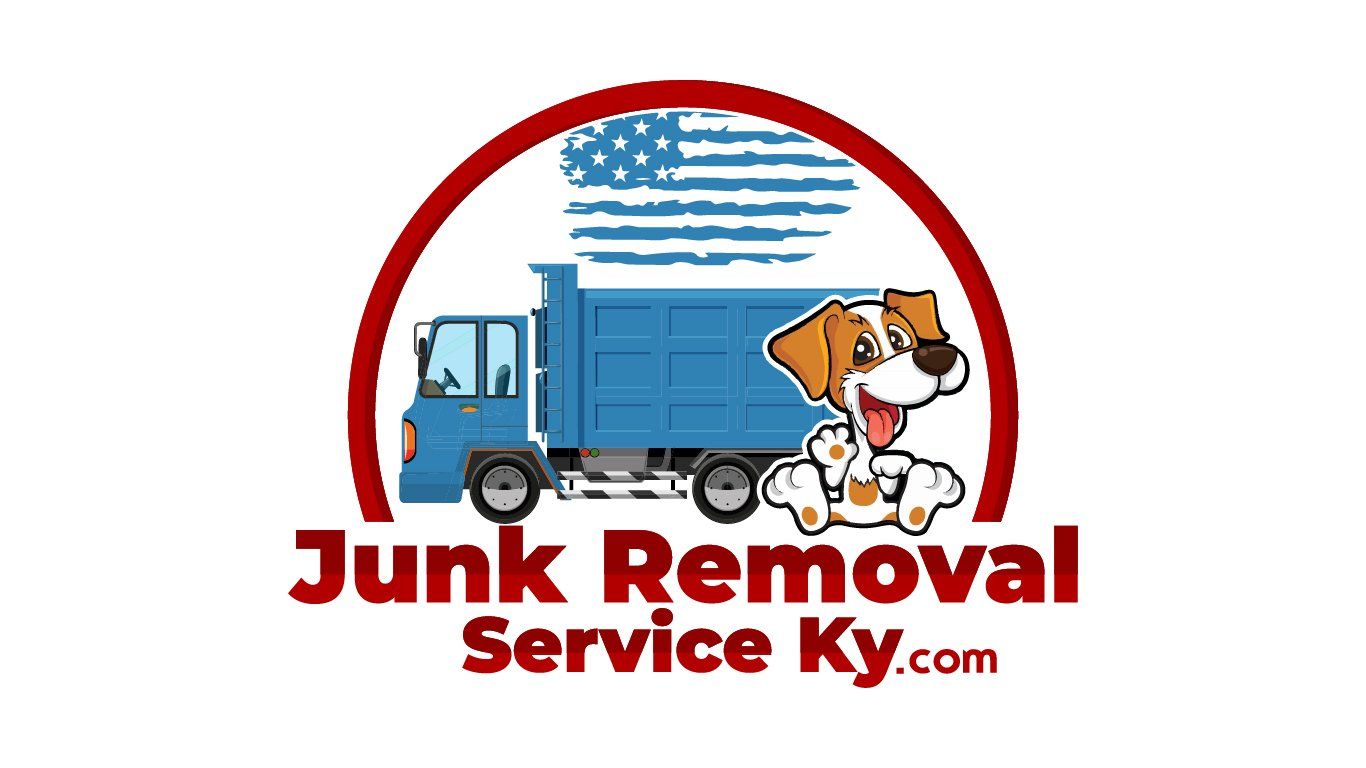
Construction Debris Removal – Efficient Solutions for a Clean Worksite
Construction projects, whether residential or commercial, generate massive amounts of debris. From concrete and drywall to wood and metal scraps, managing this waste can be overwhelming. Construction debris removal services streamline cleanup, ensuring your worksite stays organized, safe, and compliant with local regulations. This guide explores the benefits of construction debris removal, cost-effective strategies, and eco-friendly practices to make your project a success.
Why Construction Debris Removal Matters
1. Improves Worksite Safety
Removing debris promptly reduces tripping hazards and keeps pathways clear.
2. Ensures Regulatory Compliance
Proper disposal aligns with local laws, avoiding potential fines.
3. Boosts Project Efficiency
A clean worksite helps workers focus on the task at hand without distractions.
4. Supports Eco-Friendly Practices
Recycling and repurposing materials minimize environmental impact.
5. Saves Time and Resources
Professional services handle heavy lifting, sorting, and transportation, freeing up your crew.
Steps for Efficient Construction Debris Removal
1. Plan Ahead
Anticipate the volume and type of debris your project will produce.
2. Partner with a Professional Service
Choose a provider experienced in handling construction waste responsibly.
3. Separate Materials Onsite
Sorting debris into categories (recyclable, hazardous, general waste) simplifies disposal.
4. Schedule Regular Pickups
Frequent cleanups prevent debris accumulation, keeping the site manageable.
5. Verify Disposal Practices
Confirm that materials are being recycled or disposed of properly.
Common Types of Construction Debris
| Debris Type | Examples | Eco-Friendly Disposal Method |
|---|---|---|
| Concrete & Asphalt | Broken pavement, cement blocks | Recycling into road base material |
| Wood Scraps | Plywood, framing timber, pallets | Reuse, composting, or wood recycling |
| Metal | Rebar, steel beams, pipes | Scrap metal recycling |
| Drywall | Gypsum panels, wallboards | Specialized recycling for new drywall |
| Plastics | PVC pipes, packaging materials | Recycling into plastic products |
| Hazardous Materials | Paints, adhesives, chemicals | Certified hazardous waste facilities |
Eco-Friendly Practices for Construction Debris Removal
1. Recycle Concrete and Asphalt
These materials can be crushed and reused for new construction projects.
2. Repurpose Wood Scraps
Use wood for new building projects, furniture, or even mulch.
3. Donate Unused Materials
Items like unused tiles, bricks, and fixtures can benefit charities or resale shops.
4. Avoid Mixing Waste
Keeping hazardous and non-hazardous materials separate ensures proper disposal.
5. Work with Green Removal Services
Choose providers that prioritize recycling and sustainable practices.
FAQs About Construction Debris Removal
1. What types of construction debris can be recycled?
Materials like concrete, metal, wood, and asphalt are commonly recyclable.
2. How often should debris be removed?
It depends on project size; large sites may require daily pickups, while smaller projects can schedule weekly cleanouts.
3. Are hazardous materials included in standard removal services?
No, these typically require specialized handling and disposal.
4. Can debris removal be included in construction contracts?
Yes, many contractors bundle cleanup services into their overall project costs.
5. How do I ensure my removal service is eco-friendly?
Ask about their recycling and disposal practices before hiring.

